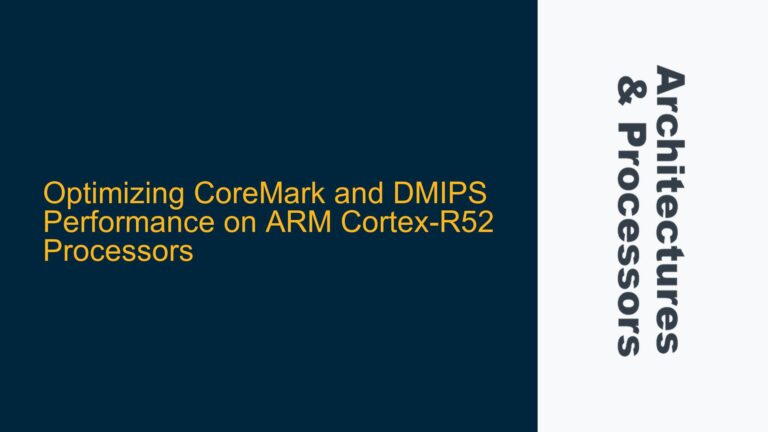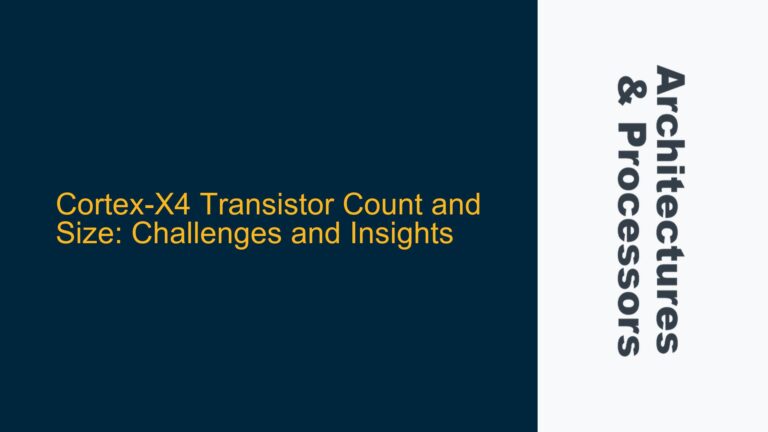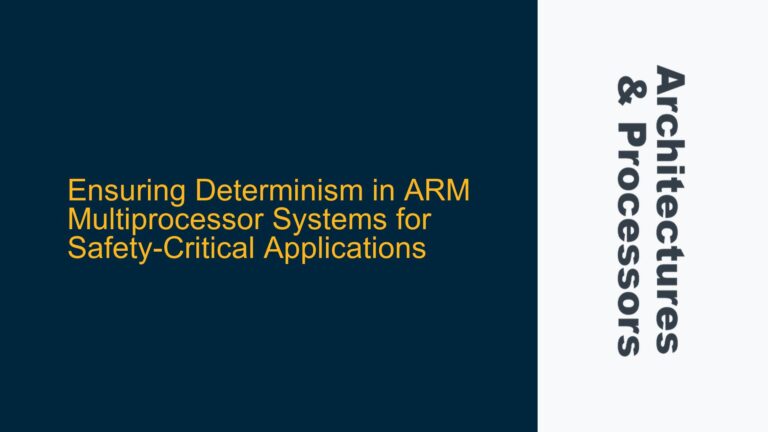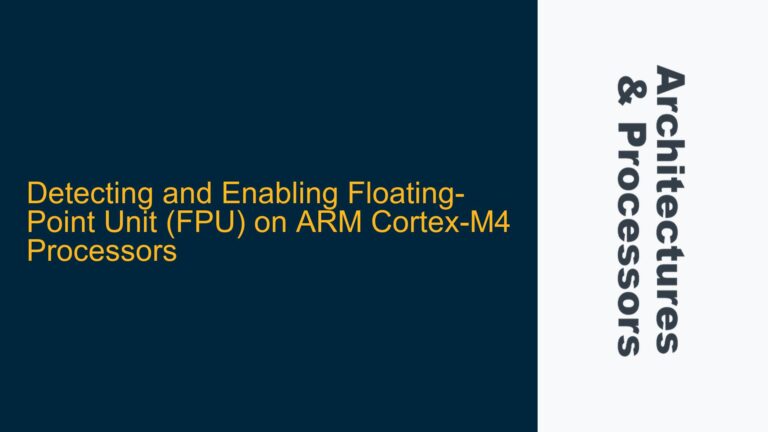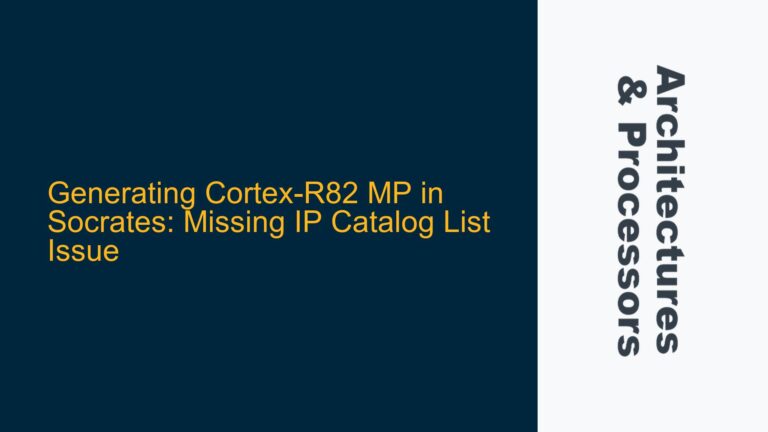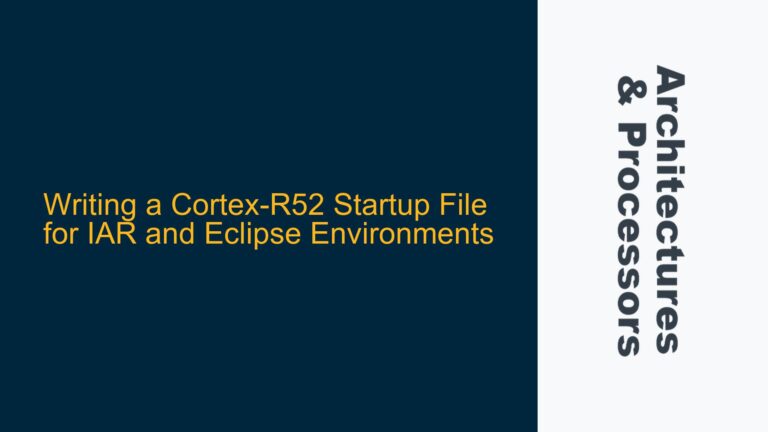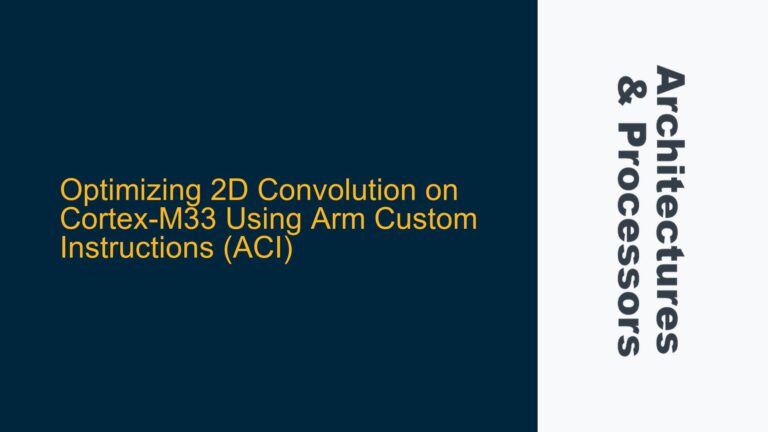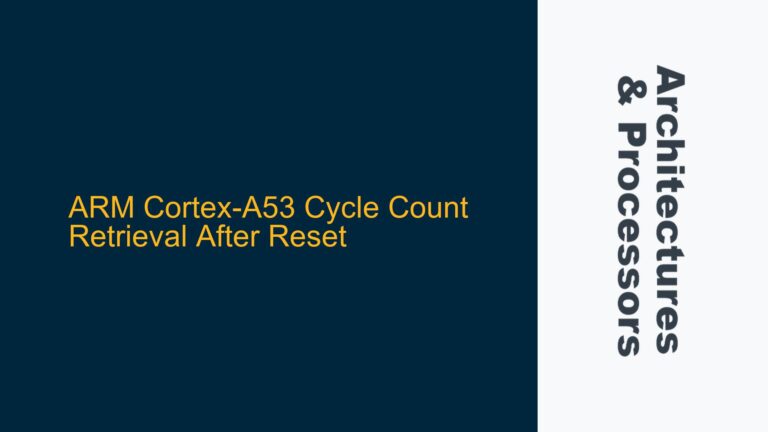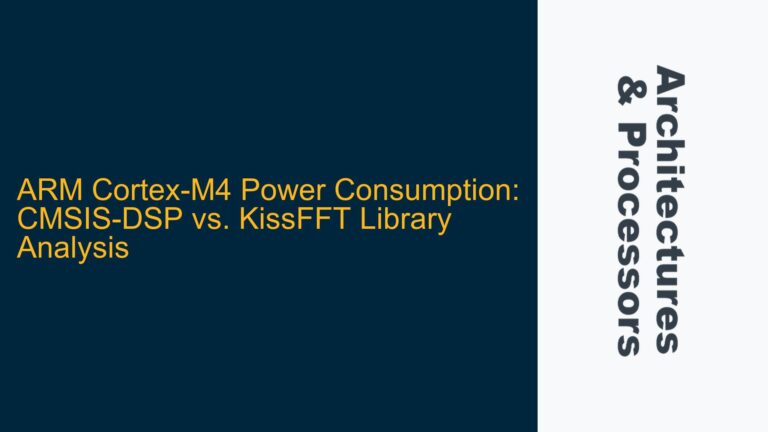Optimizing CoreMark and DMIPS Performance on ARM Cortex-R52 Processors
Understanding Cortex-R52 CoreMark and DMIPS Performance Metrics The ARM Cortex-R52 is a high-performance real-time processor designed for safety-critical applications, offering features like dual-core lockstep, error correction, and advanced fault tolerance. Its performance is often measured using industry-standard benchmarks such as CoreMark and DMIPS (Dhrystone MIPS). CoreMark is a modern benchmark that evaluates the efficiency of…
